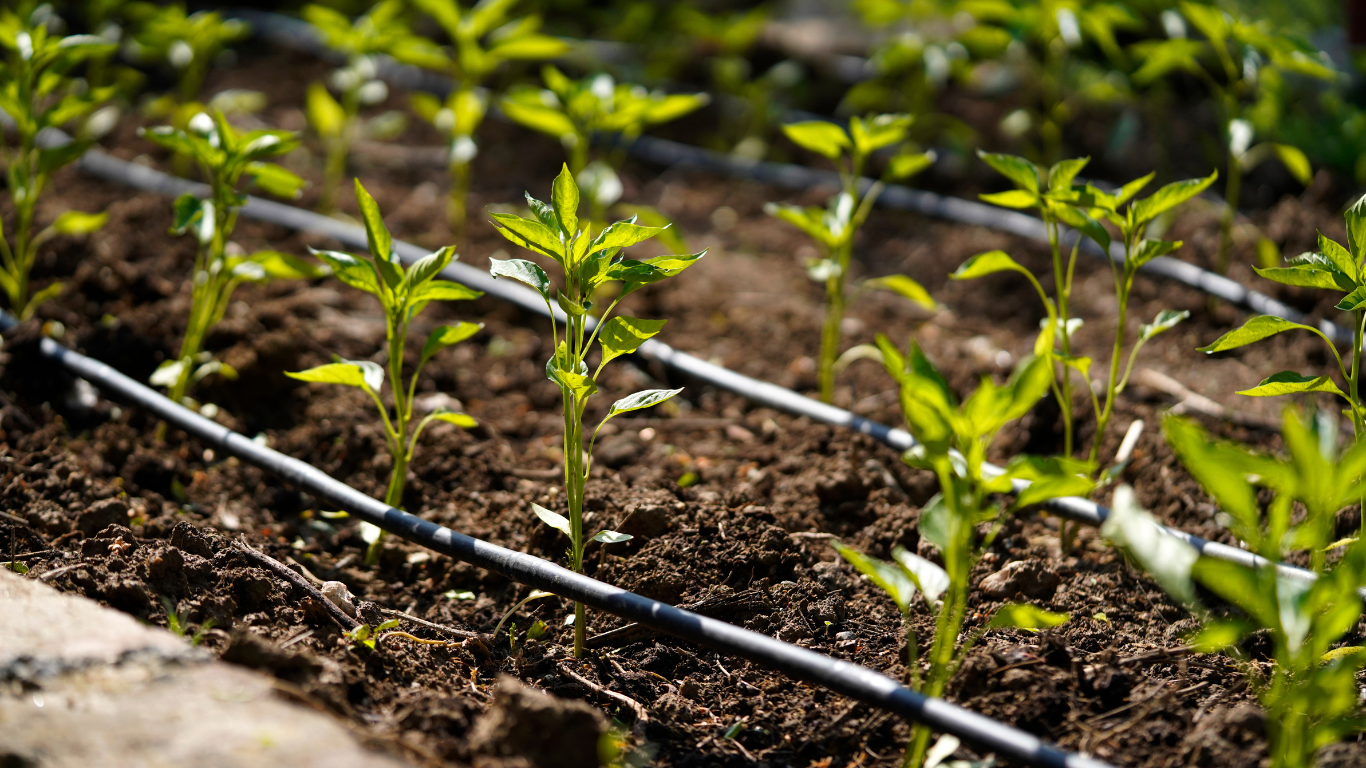The importance of irrigation water management
Water irrigation is a vital component of agriculture, crucial in ensuring food security and the overall success of agricultural practices. Understanding its importance, use, and management is essential for farmers everywhere.
Global importance and agricultural production
Irrigated agriculture accounts for a substantial portion of the world’s total cultivated land and contributes significantly to food production. Remarkably, it is at least twice as productive per unit of land as dryland agriculture. This efficiency highlights the importance of irrigation in achieving food security, particularly in light of growing population demands and the need for agricultural expansion.
Evolution of irrigation practices
Over time, irrigation methods have evolved significantly. In the United States, irrigated acreage increased dramatically from less than 3 million acres in 1890 to over 58 million in 2020. This expansion is partly due to advances in water development projects and groundwater pumping technologies. Interestingly, irrigation intensity, measured as water use per acre, has recently declined due to the adoption of more efficient water application technologies and changes in cropping patterns.
Water efficiency and reuse
Modern irrigation methods aim to maximize efficiency. Traditional methods, such as drip irrigation, are being complemented or replaced by more efficient systems, including drip irrigation, micro-irrigation, and center-pivot systems. Only half of the water used for irrigation is reusable, while 90% of the water used in homes or industries is returned to the environment. The rest is lost through evaporation, evapotranspiration, or leakage.
Water quality and agriculture
Water irrigation is crucial to crop growth, yield, and animal health. Poor water quality can negatively affect these factors. Agricultural water for irrigation typically comes from various sources, including surface water, groundwater, and rainwater. Groundwater is a vital source for farming activities. However, issues such as eutrophication, caused by high phosphorus levels, are significant concerns affecting water quality.
Sustainability
While irrigation has alleviated poverty and improved food security, its sustainability is increasingly under scrutiny. Economic and environmental costs, including the depletion of water resources and their impact on ecosystems, are becoming increasingly apparent. Efficient irrigation methods, such as drip irrigation, which minimize water and nutrient loss, are vital for sustainable agriculture. However, these systems require regular maintenance, ongoing investment, and continuous monitoring to ensure optimal performance.
Irrigation methods and their impacts
Each has its advantages and challenges. Underground irrigation, for example, feeds water directly into the soil, reducing evaporation and runoff and benefiting crops in dry areas. Other methods include manual irrigation, which involves manual labor, and sprinkler systems, which are more modern and efficient but can lead to soil erosion if not appropriately managed. Drip systems are considered one of the most efficient methods, as they deliver water directly to the roots of the plants, minimizing water losses and maximizing crop yields.
Conclusion
Irrigation water is crucial in agriculture, influencing crop yields, farm profitability, and environmental sustainability. The choice of irrigation method, water quality management, and efficient water use are vital factors that farmers must consider for successful agricultural practices.
Share via:

